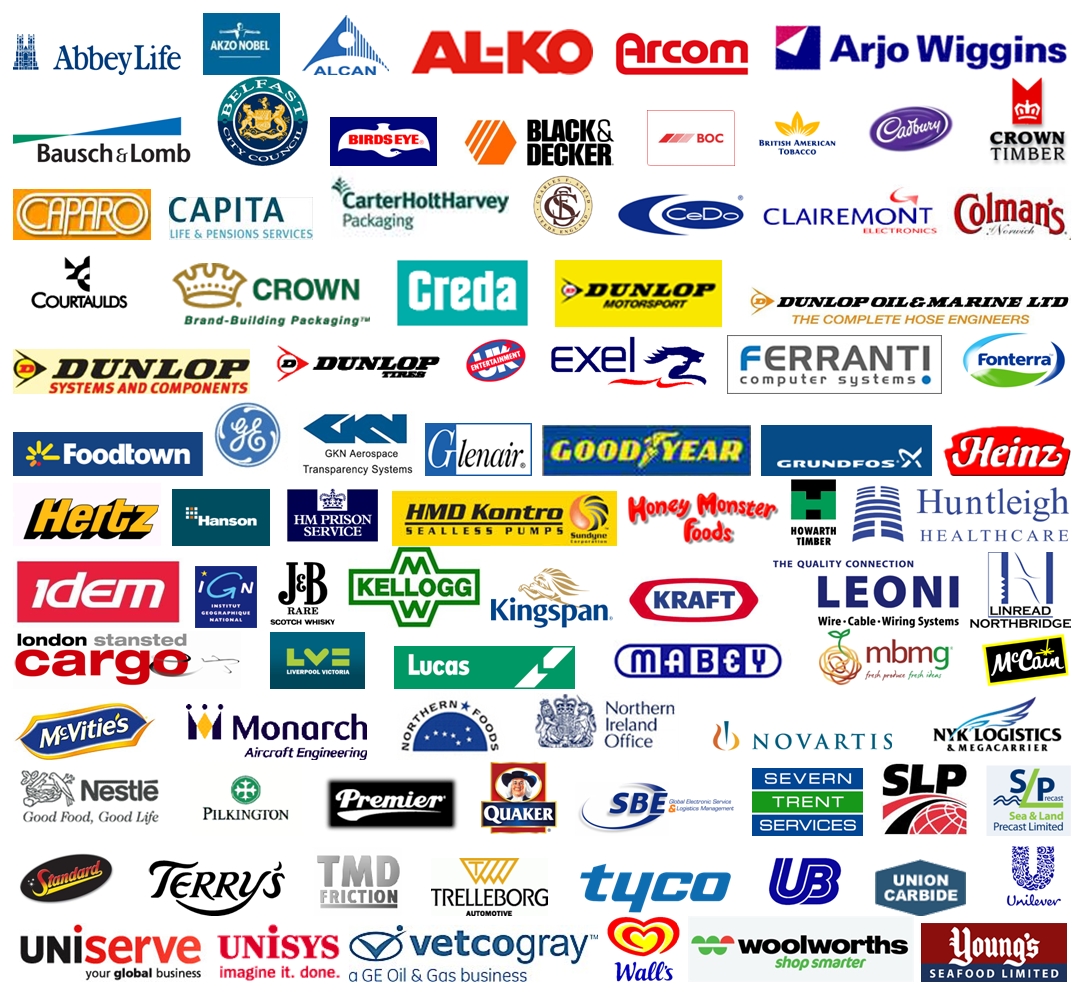Q›TAR Timber Stock Identification and Location
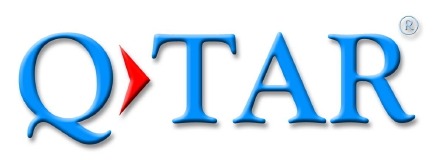
Timber Stock Identification & Location
Keeping track of timber packs whose location keeps changing
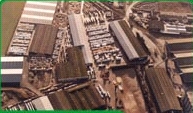
In an environment such as a busy port or timber yard, packs of timber that have been unloaded, manufactured or processed are constantly moved about in order to access other packs and to make space for new packs arriving. It then becomes a very time-consuming task trying to find a particular pack – it can easily take 10-15 minutes or even an hour or more.
Q›TAR makes the packs easy to find and ensures that the right packs are loaded for despatch. Enormous cost savings are achieved by eliminating time wasted looking for specific packs and by avoiding delivery of the wrong ones. Less time wasted means more can be handled – with consequent increased turnover and profitability.
Finding Packs
Using low-cost passive RFID tags that can be read from over 5 metres away, pack locations are recorded, updated and verified automatically via vehicle-mounted readers, as the side-loaders drive around locating, picking up and moving packs. The current location of the most easily accessible pack of any required pack-type can be displayed immediately, thus enabling the driver to go directly to the most efficient location, saving significant time on every pack pick-up.
As well as a driver being able to locate a particular pack by its pack number, Q›TAR can automatically use data from multiple load-sheets (from your existing timber system) to direct drivers to pick up packs from a given area in the most efficient order, and deliver them to the right truck/trailer, thus enabling efficiencies that cannot be achieved by each driver handling only one load-sheet at a time.
Checking the Load
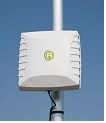
When a truck/trailer has been loaded and is ready to leave the premises, a fixed RFID reader with 2 strategically placed antennae (one each side of the vehicle) can verify that all of the packs that should have been loaded are actually on the vehicle, and that no packs have been wrongly loaded. The system can then automatically allow or prevent opening of the barrier for the vehicleto leave the premises.
Just-in-time Traceability
When you need full traceability of the timber packs, but either recording every pack's details when you receive a shipment is not practical, and/or where your timber system allocates a random specific pack out of many identical timber packs, Q›TAR automates recording the correct pack details as the timber packs leave the yard. It can normally interface with your existing system, to record (or substitute) the exact pack number shipped.
Central Overview
Q›TAR's central view of all packs and of all stock movements enables you to immediately view (for example) what has been shipped today, what is currently in each location, which trucks/trailers are loaded and ready for departure, and driver and site statistics – all in real time. You can then decide who best to allocate special jobs to, how best to relocate packs to clear space for a new shipment, and generally improve the efficiency of your operations.
Automated Stock-takes
Rather than having to spend several man-days carrying out a stock-take the traditional way, Q›TAR enables a single person to carry out a stock-take of the whole site in just the time it takes to drive or walk past all the packs on site!
Equipment

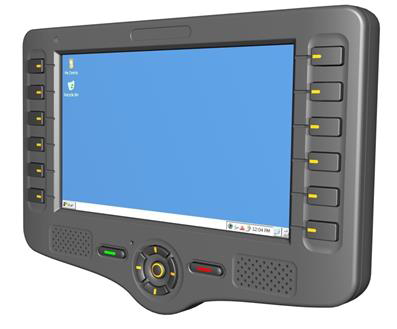
Each timber pack is tagged with a very low cost UHF RFID tag (ISO18000-6C) that can be read from 6m to 12m away. Small rugged vehicle-mounted WinCE computers with attached RFID readers and antennae are mounted on each side loader and fork hoist. Hand-held mobile WinCE computers with a built-in RFID reader and barcode scanner can also be used.

When the RFID tag is attached to the pack, if you already have a barcode label fixed to the pack and that therefore identifies the pack, you can use the barcode scanner built into the hand-held computer/RFID reader to match up the RFID tag with the barcode, and hence with the correct record in the database. Alternatively, if you issue your own labels, the RFID tag can be attached to the label in advance, and a desk-mounted RFID reader/encoder used to match the RFID tag to the pack.
The Pay-off

The pay-off comes in the huge amount of time saved, but there are several additional cost savings and benefits:
- Driving directly to an item, instead of spending probably over 15 minutes on average looking for it, means huge cost savings.
- Less time wasted means that higher throughput can be handled with the same number of forklifts and drivers.
- Sending the wrong item to the other side of the country (or the world) is very expensive – this system virtually eliminates such errors.
- The operations manager can see in real time what his loader drivers are doing, what is stored in each area, locate a specific item (e.g. to see if it is still in the yard), what items have been moved recently, which trailers have been loaded and checked but are still in a loading bay, site and driver statistics, and so forth.
- If the operations manager wants a particular fork-lift driver to load a specific truck or trailer, he can send the load sheet directly to the driver's computer instead of the driver having to drive perhaps a mile or two (in a large port) to pick up the load sheet.
- When a truck/trailer has been loaded, a delivery note can be automatically printed in the security office, ready for the driver by the time he reaches the front gate.
- Because the system can operate over a Wide Area Network, a company with many branches can monitor and control yards scattered over the country – or anywhere in the world.
Any one of the above cost-savings would easily pay for a system within a few months.
Further Information
To find out more about how Q›TAR can help you simultaneously increase throughput and turnover, save money, capital and manpower, and increase your profitability, please call us on 0845 1300 707 (or +44 1920 822 800), or email a P&Q Advisor now.
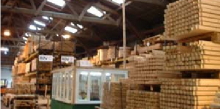





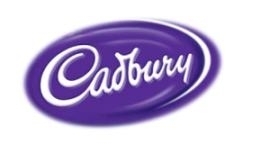










 “Dunlop Oil & Marine has been using QTAR since 1984.
We have had no trouble with the system in all that time.
Because P&Q concentrate on T&A, the system works perfectly.”
“Dunlop Oil & Marine has been using QTAR since 1984.
We have had no trouble with the system in all that time.
Because P&Q concentrate on T&A, the system works perfectly.”
